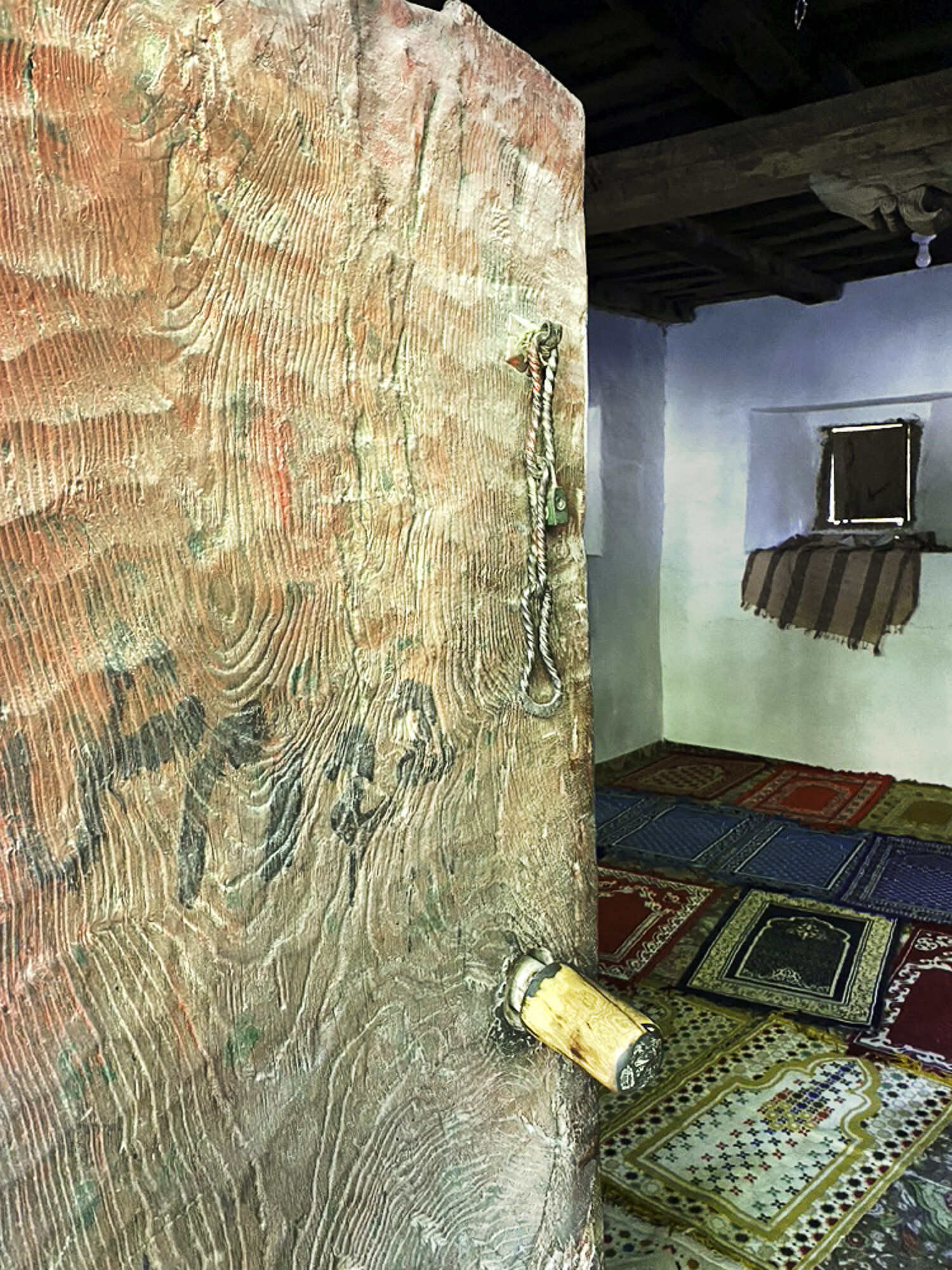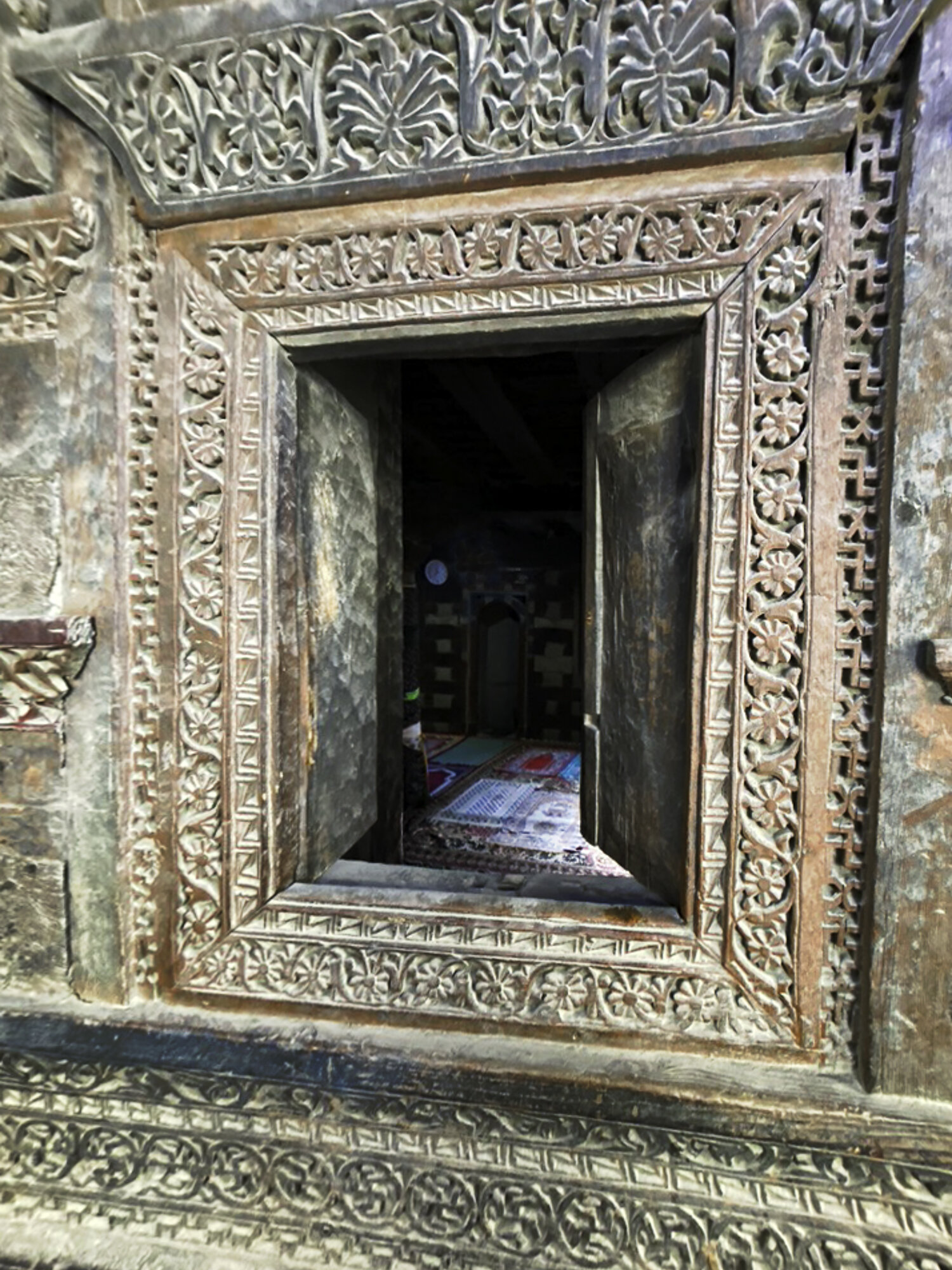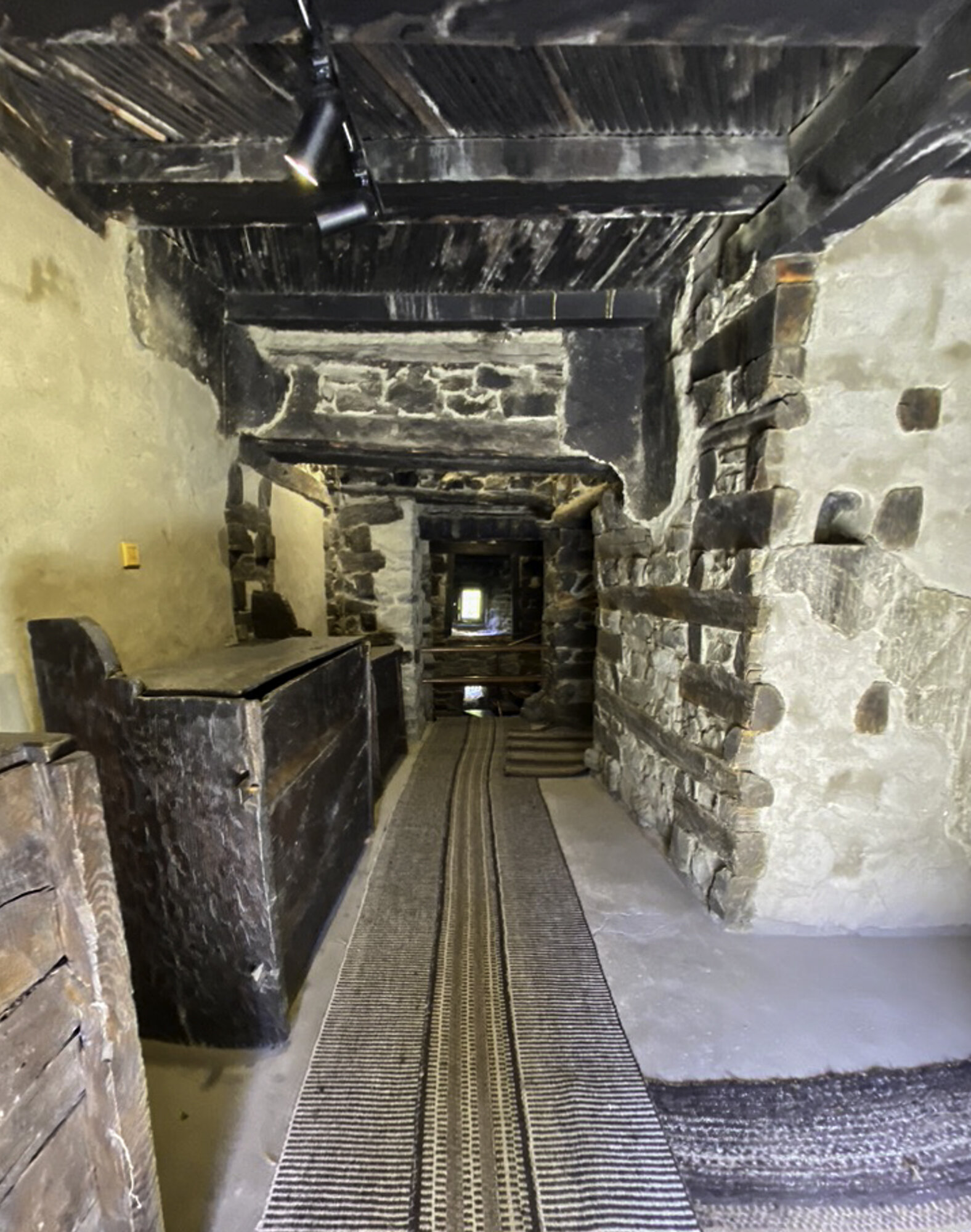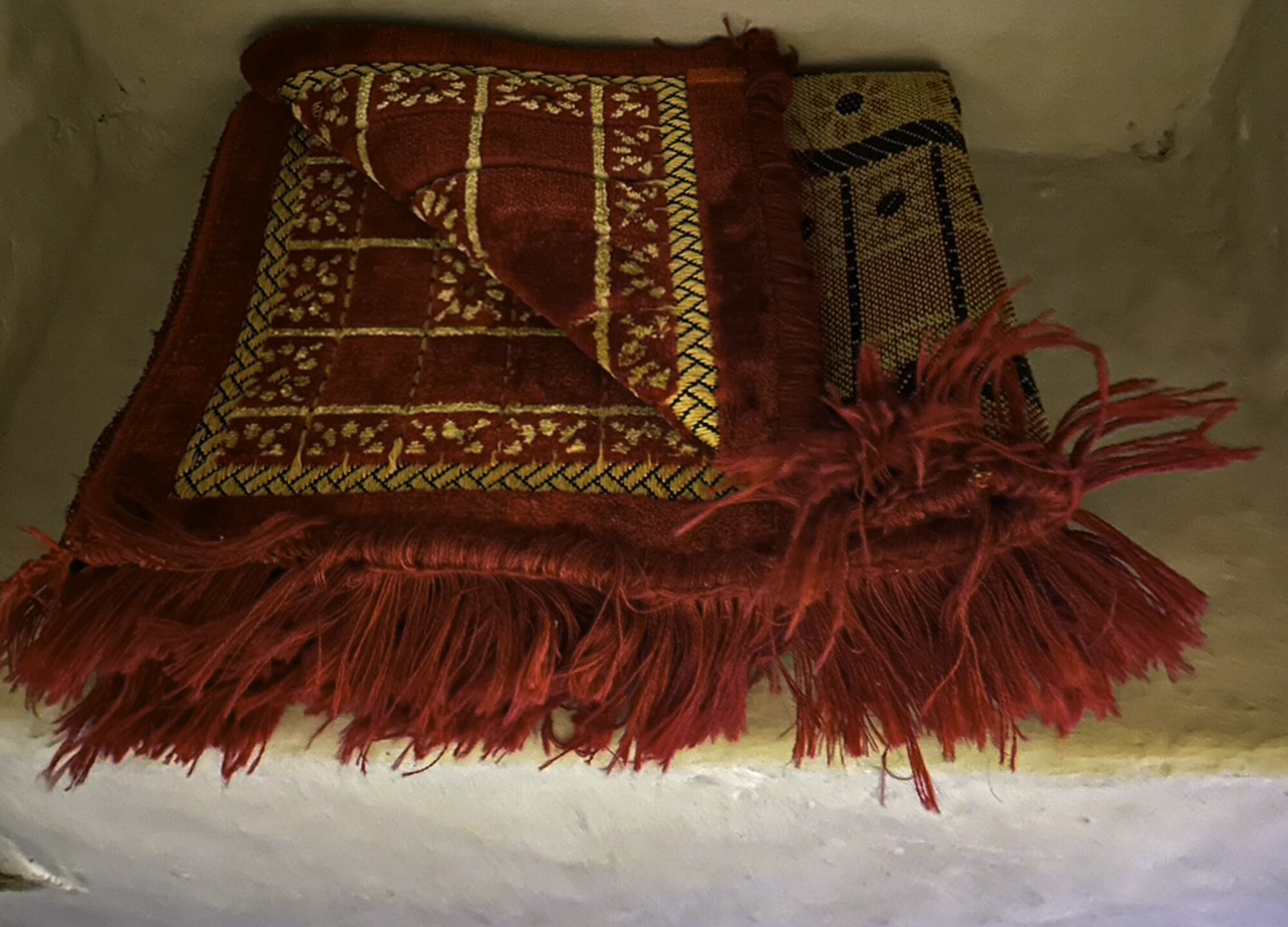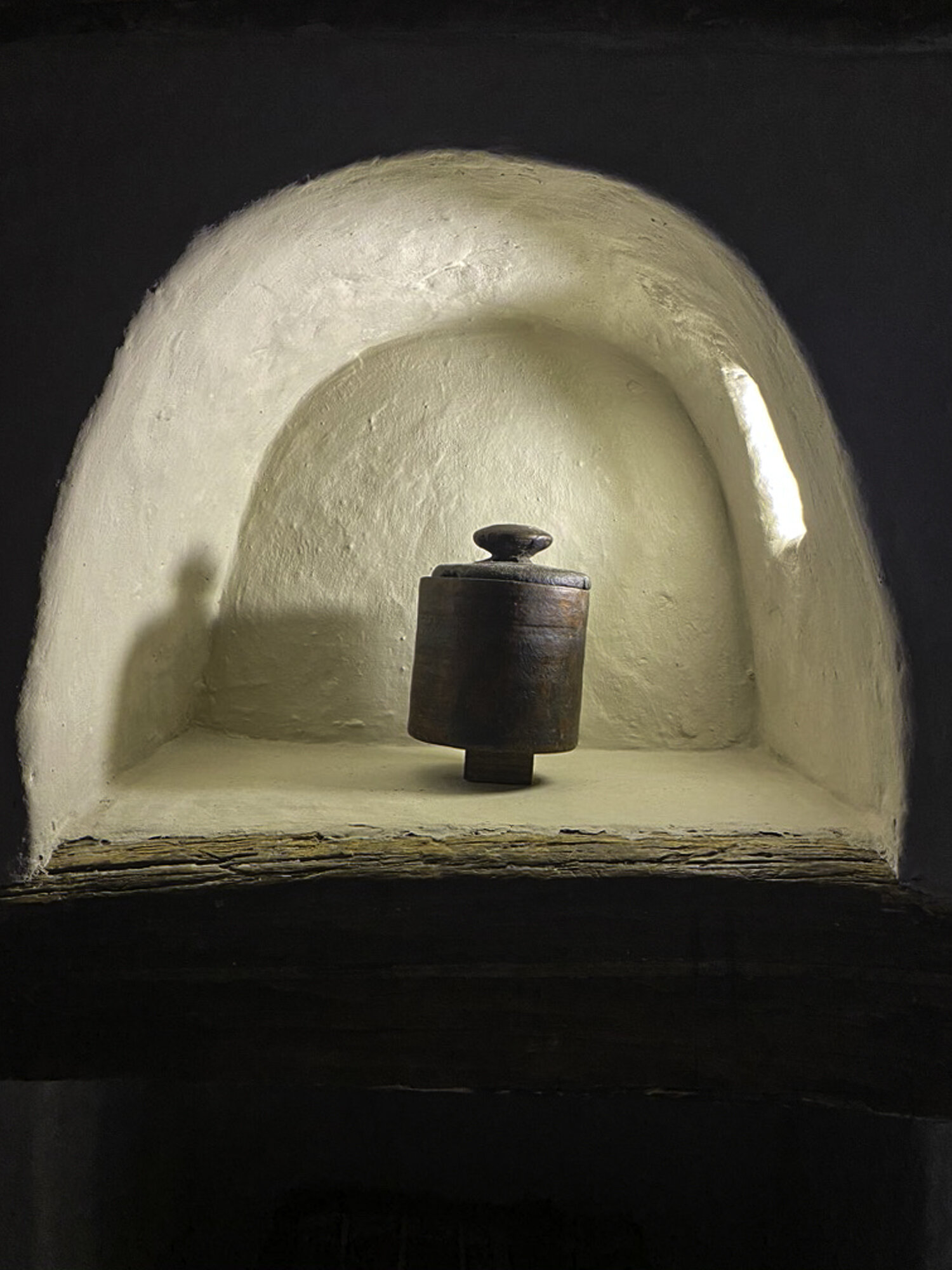Postcards from Pakistan
Portrait of Humanity
For the last five years the British Journal of Photography has put together a book called the ‘Portrait of Humanity’ to ‘recognise remarkable portraits that capture the moments that make us who we are’. Volume 5 includes 200 images from across the world.
The book provides ‘a window into the lives of the subjects and celebrates the shared humanity that connects us all’. I am so excited to share that one of my portraits was chosen for the book. I was so fortunate to travel throughout Pakistan and to visit remote areas of Gilgit-Baltistan. The people we met and the hospitality we received will forever stay with me.
Follow the link below to see all 200 images. You can also purchase the book from Hoxton Mini Press.
https://www.1854.photography/2023/02/portrait-of-humanity-vol-5-shortlist-revealed/
Postcard from Shigar - one village, two historic mosques
Khilingrong Mosque
Before travelling to Shigar I had read about the Shigar Fort. What I hadn’t read about were the two historic mosques, Khilingrong and Amburiq.
As we walked around Khilingrong Mosque, built over 400 years ago, we admired the unusual design. It has two stories, the lower story used during winter and the upper story used in summer to take advantage of any breeze. While the verandah on both levels is made from intricately carved wood, the inside is made from the traditional method of building alternate levels of wood and stone. Instead of four minarets there is a central tower that is Tibetan in design. The mosque was in falling into disrepair when the Aga Khan Cultural Service of Pakistan (AKCSP) stepped in to renovate and save this mosque. The AKCSP helped train locals in traditional, and highly specialised restoration and it also meant the mosque could be used again by the community.
The second mosque we visited was the Amburiq Mosque, 800 years old. According to the sign outside the mosque it was built by Irani craftsmen travelling with a Persian Sufi saint, Mir Syed Ali Hamdani. Again, you can see Kashmiri, Tibetan and Persian designs in the building with another lovely Tibetan tower on the top. The mosque is another example of the award winning work of the AKCSP with funding from the Norwegian Government.
The Aga Khan Cultural Service of Pakistan should be commended for the restoration work they undertake, saving historical buildings in ways that benefit the community through skills training and preserving Pakistan’s rich and varied history.
Upper level, Khilingrong Mosque
Front facade, Khilingrong Mosque
Entry, Khilingrong Mosque
Front door, Khilingrong Mosque
Amburiq Mosque, front entry
Side view, Amburiq Mosque
Layer upon layer of restored woodwork, Amburiq Mosque
Front entryway, Amburiq Mosque
Front door, Amburiq Mosque
Inside Amburiq Mosque
Window detail, Amburiq Mosque
Inside Amburiq Mosque
Postcard from Shigar Fort
After a very long day driving along the Karakoram Highway (see my previous blog on this amazing drive) we arrive in Shigar. We are staying at Shigar Fort. We stand in the garden of the fort and the gentle buzzing of bees in the blossoms and bleating of goats in the village below is in peaceful contrast to the last nine hours of danger and dust.
Shigar Fort was built in the 17th century and was once the residence of the Raja of Shigar. It is known locally as ‘Kong-Khar’ or ‘Fort on Rock’ as the original fort was built around a cone shaped rock. The fort now consists of three buildings built close to each other. The oldest structure is over 400 years old. The other two buildings were built around 100 and 150 years later. The fort was restored by the Aga Khan Cultural Service Pakistan from 1999 to 2004 and was then bought by the Serena Hotel chain. We were fortunate enough to be staying in one of the oldest rooms in the original fort. Standing outside the fort it is easy to see the building method of alternating stone and wood. Inside you can see Kashmiri door and ceiling details.
The fort sits in tranquil gardens with one garden offering relaxed outdoor seating and dining and another with a baridari. A baridari is a pavilion with usually twelve doors (bara is Urdu for twelve and darwaza is Urdu for door) to let air flow through. The Shigar Fort baridari is surrounded by an ornamental pond. It looks beautiful and would have been a perfect setting for the Raja to enjoy music, poetry or somewhere cool to sit.
Shigar Fort, a place to slow down, relax and be treated like a Raja.
Shigar Valley, we arrive as the sun begins to set
Shigar Fort from one of the gardens
Entrance to the hotel, in the middle of the photo you can see the cone shaped rock, where the fort gets its local name
These are the stairs leading up to our room
A day bed
The restoration has been done so well
View from our room
The baridari
View from inside the baridari
What a spot to have breakfast
View from the top of the fort












